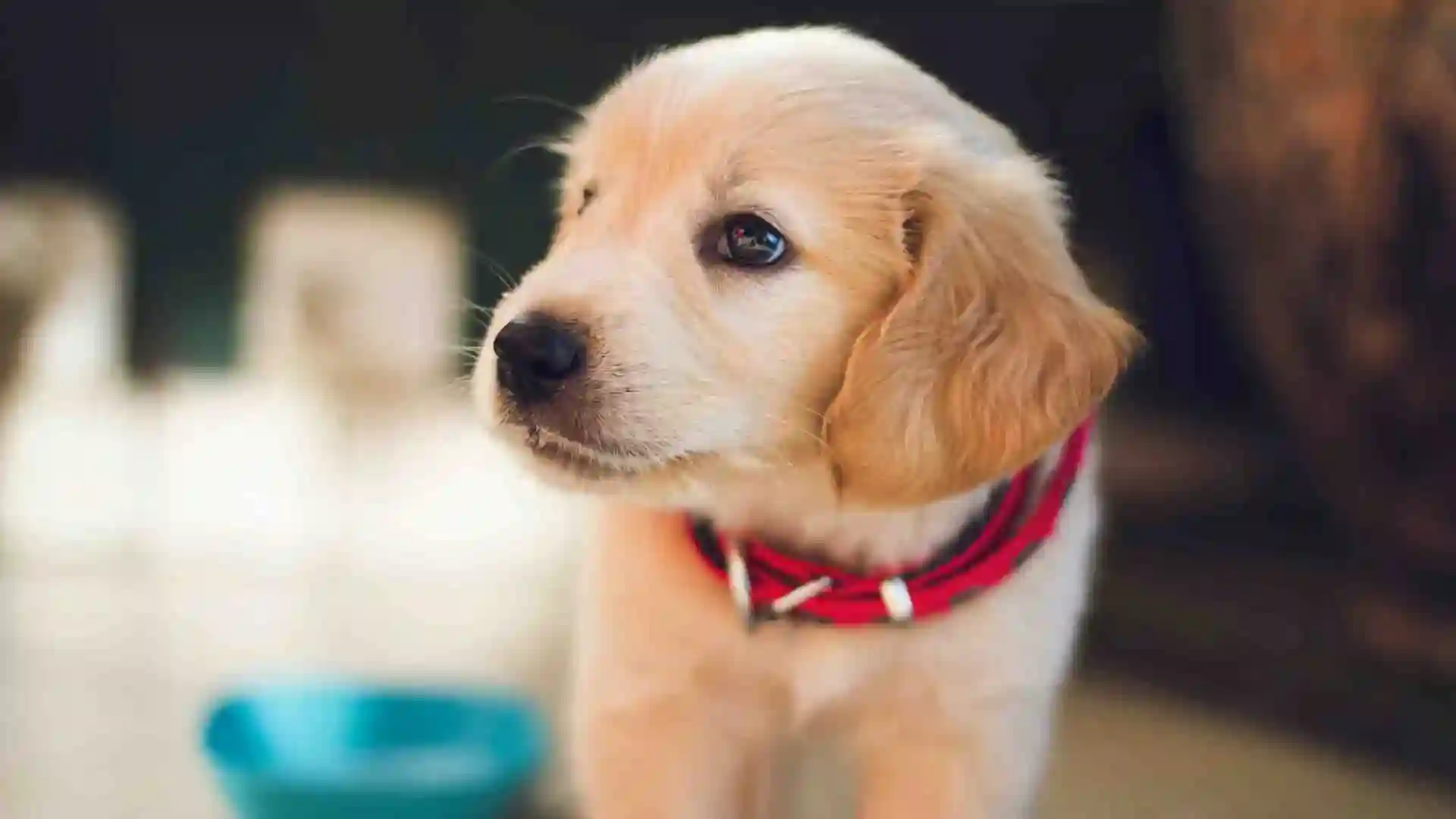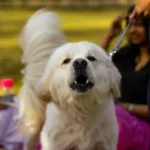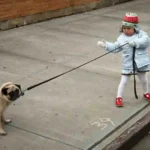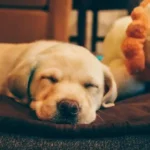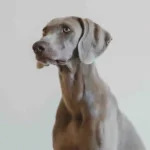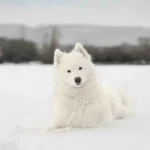Shedding is natural for most dogs; it’s part of their body’s way of regulating temperature and keeping their skin and coat healthy. Essentially, shedding cycles help dogs shed dead or damaged hair and make way for fresh fur, which is why every pup needs to shed—whether a little or a lot.
Different breeds have different shedding needs. Dogs with double coats, like Huskies and German Shepherds, usually shed more heavily than breeds with single coats, like Poodles or Shih Tzus. Double-coated dogs have an underlayer of fluff beneath a top coat of protective, coarse hair, which they shed seasonally. Meanwhile, some single-coated dogs tend to shed lightly year-round without a specific “blowout” season.
In fact, knowing your dog’s breed is key in understanding what’s “normal” for their shedding. By understanding when and why certain breeds shed, you can be more prepared to handle it.
Seasonal Shedding: What to Expect and Why
If you are one of the lucky dog owners who have a pet that sheds wool everywhere, welcome to the club! Shedding is an absolutely normal thing, especially in spring and fall. Sometimes though it might be a little too much and it is like living in a fluffy mobile snow globe. So when, and why do dogs shed? Also, is it a sign of something more serious? and what can you do about it? Let’s talk about these things.
If the dog has a double coat, you might notice two vital shedding periods. Say, spring and autumn are the shedding seasons for them. These coat blows are the result of dogs which in the winter months have been wearing hot coats and now in spring are throwing them and then in winter have a thick coat.
A single-coat dog may shed all over the year rather than seasonally. Other than cases of the shade of their environment and any possible abnormal climate due to factors like indoor heating or air conditioning.
When Shedding Isn’t Normal: Health to Watch For
If you see hair falling off in bundles or bald patches, or if your dog’s fur just looks dull, this might be a clue for you to investigate further. Excessive successions to this might relate to skin infections, parasites (think fleas or mites), hormonal imbalances, or even allergies. Lack of vitamins and nutrients in the diet can be a factor of the unruly coat.
Make sure that if you observe anything out of the ordinary, the vet should be the first one you contact. The veterinary people can actually pronounce what the health impact is and pass you the feedback. These could be the results of health problems like underneath:
- Allergies: Allergic reactions to foods, environmental allergens (like pollen), or even fleas can make your dog scratch the skin which definitely gets into the situations that are related to hair loss. Thus, if your dog often scratches or seems to be in discomfort, better consult the veterinarian in a second.
- Stress: Major changes like the transition of moving or a new family member can shipwreck your dog’s level of stress. As a result, bald spots might occur.
- Diet Deficiencies: Poor quality food that is lacking in the needed fatty acids, vitamins, and minerals might cause hair problems and thus excessive shedding.
- Parasites and Skin Conditions: Bugs, fleas, and other skin infections are the main reasons for the hair loss, too. Consider this problem if your dog sees to be constantly itching, then you should schedule a veterinarian appointment.
In cases of unusual shedding, the vet visit is certainly the right choice you took. This will allow for excluding pathological reasons, as well as answering their questions concerning coat health management.
Managing Shedding: Tools, Tips, and Tricks
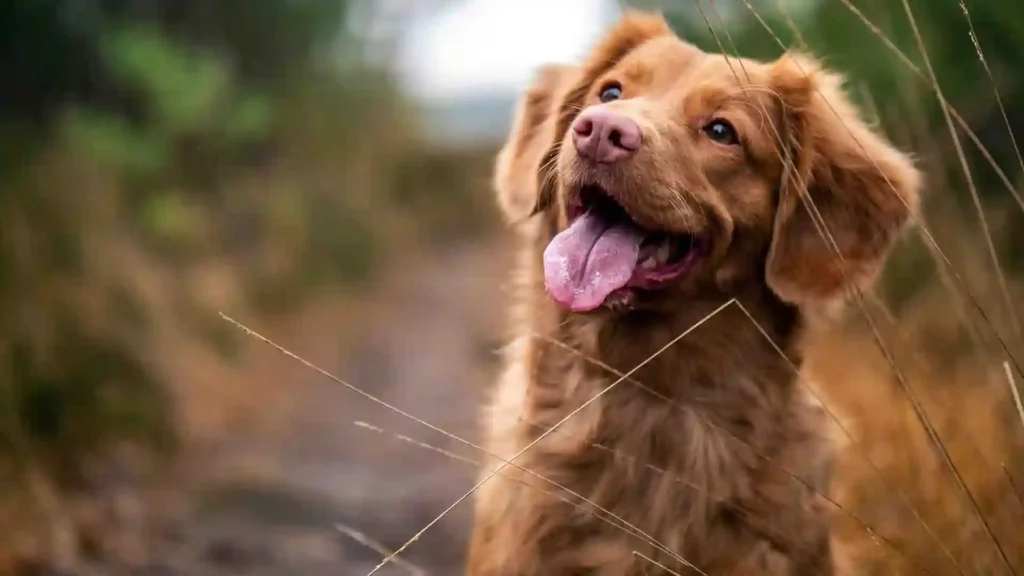
The good news is that there are many ways to keep the floor trimmed with this fur balls. Lets get this by following this tips:
Regular Brushing: Brushing can help remove unsecured dog hair before it lands on your furniture. In long-haired breeds, daily use of a de-shedding tool is very helpful. For those with light fur, a few times per month will do the trick. Short hair brushes with hard bristles are enough for one-coated breeds, while de-shedding tools can also do its job.
Bathing: Monthly bathing of your dog using some mild and pet-friendly shampoo can assist in the shedding of hair and also provide a comforting effect in the skin. Seek out shampoos with additional ingredients like these that offer nourishment for the skin and coat which will cut down on shedding.
Healthy Diet: Eating fish oil and Omega-3 and Omega-6 fatty acids helps build up the skin and the coat. Ingredients high in these nutrients (linseed oil, high-protein dog foods) are important for the health and shininess of a coat and allow it to be smooth and long.
Hydration: Hydration is essential for the health of your dog’s skin. Dry skin gets worse and shedding increases, so be sure to offer your dog ample water at all times.
Regular Vet Check-Ups: Once a year, a vet is called to check for any possible skin or coat issues; this is important to prevent potential problems from growing. However, if sudden shedding occurs, the doctor will diagnose and provide a treatment that might be health-related, if such is the case.
The Big Shed: How to Handle It
Two-layer furry dogs such as Golden Retrievers or Labradors have significant shedding problems during those seasonal shifts. At these times, you will find that brushing daily and using a de-shedding tool can make the process easier and more controllable. On the other hand, it is not that obvious for dogs with one layer of body hair; the shedding is almost invisible. Nevertheless, the usual grooming is important for keeping them fresh and clean.
Breeds That Shed the Most (and Least)
Heavy Shedders: Some dogs shed all over the home and become a noticeable part of the general home mess. Labrador Retrievers, Labrador Retrievers sheds like crazy during seasons. The heavy shedders also includes and are not limited to German Shepherds, Siberian Huskies, Alaskan Malamutes, and Corgis. There might be more shreds when is double coat.
Light Shedders: Poodles, Bichon Frises, Shih Tzus, and Maltese are examples of breeds that shed minimally. Its not that they don’t shed at all, but shred to a bare minimal.
Shedding and Your Home: Keeping It Clean
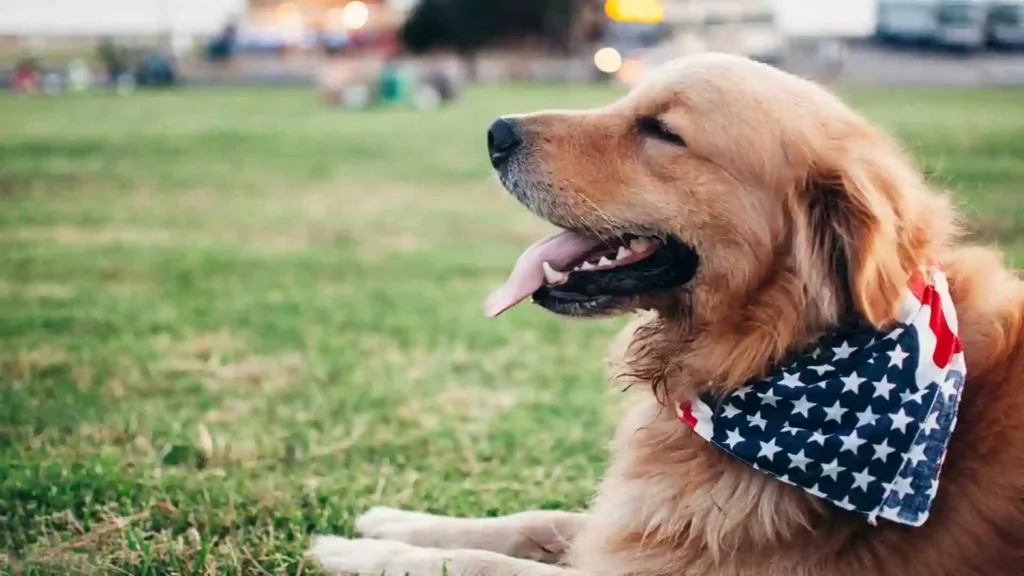
We get it, no dog owner will be able to keep a perfectly fur-free home but here are some pointers that will help you keep this to a minimum. Stick to the following advice and keep the fur to the least possible extent in your home:
Splurge on a Good Vacuum Cleaner: It is not common knowledge but there are vacuum cleaners that are specifically meant for pet fur and utilizing one of these devices changes everything. These gadgets come with multiple specialized tools that are used to suck the fur out of the carpets and furnishings. Attachments such as pet hair eliminators reach deep down and pull out dirt, indiscriminate when in use on carpets or so. Remember that some dog breeds have fur much easier to remove but getting a proper vacuum cleaner is a worthwhile investment.
Use Durable and Washable Blankets or Covers: In case your pet is going to keep sleeping on the couch, make sure to protect it with good quality washable covers or the sofa with a blanket that will make the process easier. This way you are able to just simply take off these items and throw them in a washing machine rather than cleaning them constantly with a vacuum. Some as-seen-on-TV covers, such as fur-resistant or waterproof pet covers, promise additional protection to your couch making fur and mud resistant items for getting more peace of mind about these relatively cheap furniture covers.
Choose Design for Tips the most scratched or furry areas than the sets as bad sets can receive more from your washers.
Keep Lint Rollers and Sticky Brushes Readily Available: Sticky rollers are a great quick-fix to have on hand if you or your guests are especially sensitive to pet hair
Final Thoughts on Shedding
Every dog sheds differently, and it can become very impulsive if not properly managed. Identifying the type of shedding your dog experiences is very useful in taking care of this problem so that you can still have a very clean house in which your pet can live in. Notably, understanding the dog’s kind of breed will help identify the shedding cycle with which you may come up with a plan.
That is how you may manage the dog without even wallowing to wear long trousers as you’re afraid of getting them dirty. It is also good to acquaint oneself with the various cycles of dog shedding as they may help in planning effectively how to clean their environment for the dogs to become more comfortable every time. Just have them around; let them be with you as a member of the family. Just remember, shedding is often a sign of a healthy coat, so embrace it as part of your dog’s natural rhythm.
